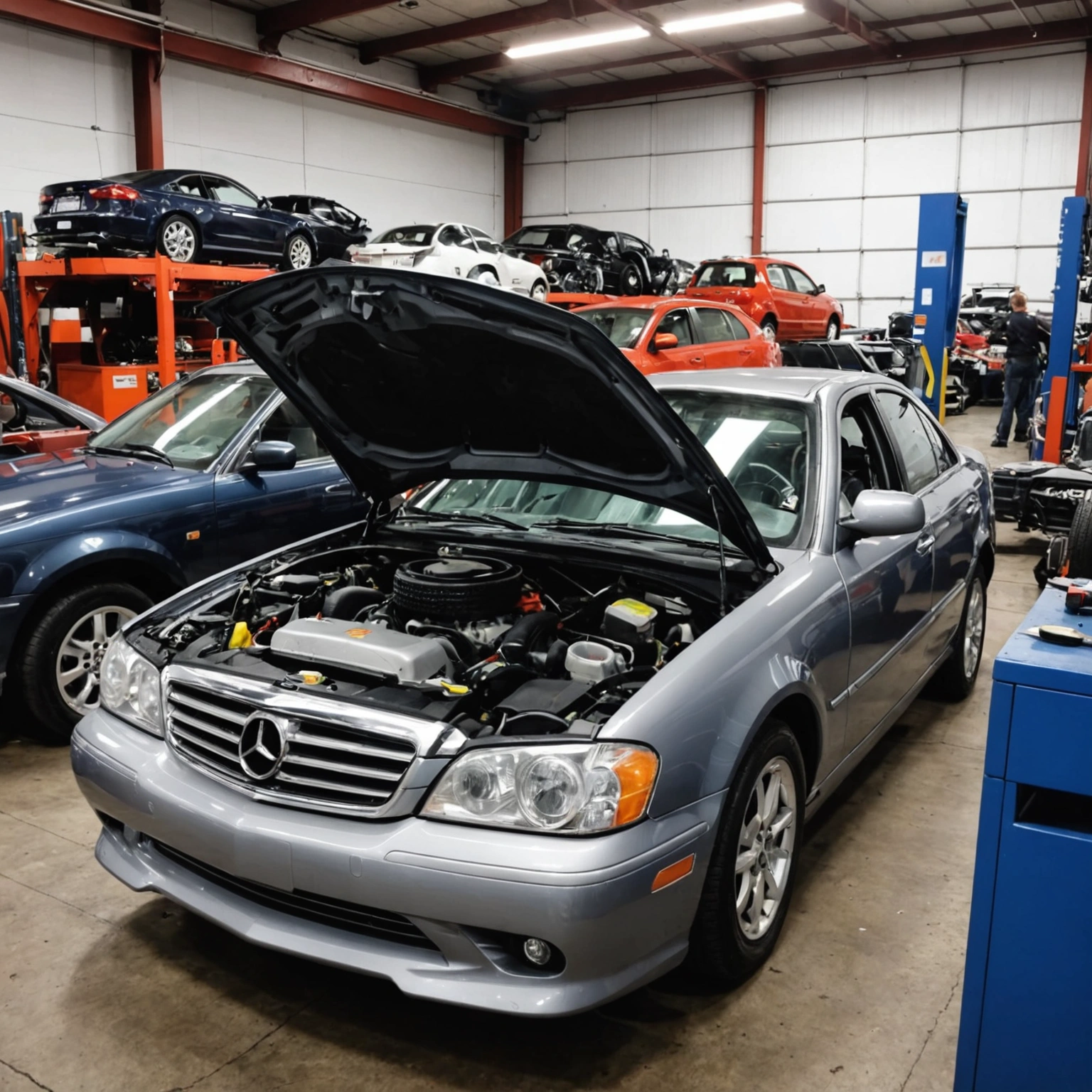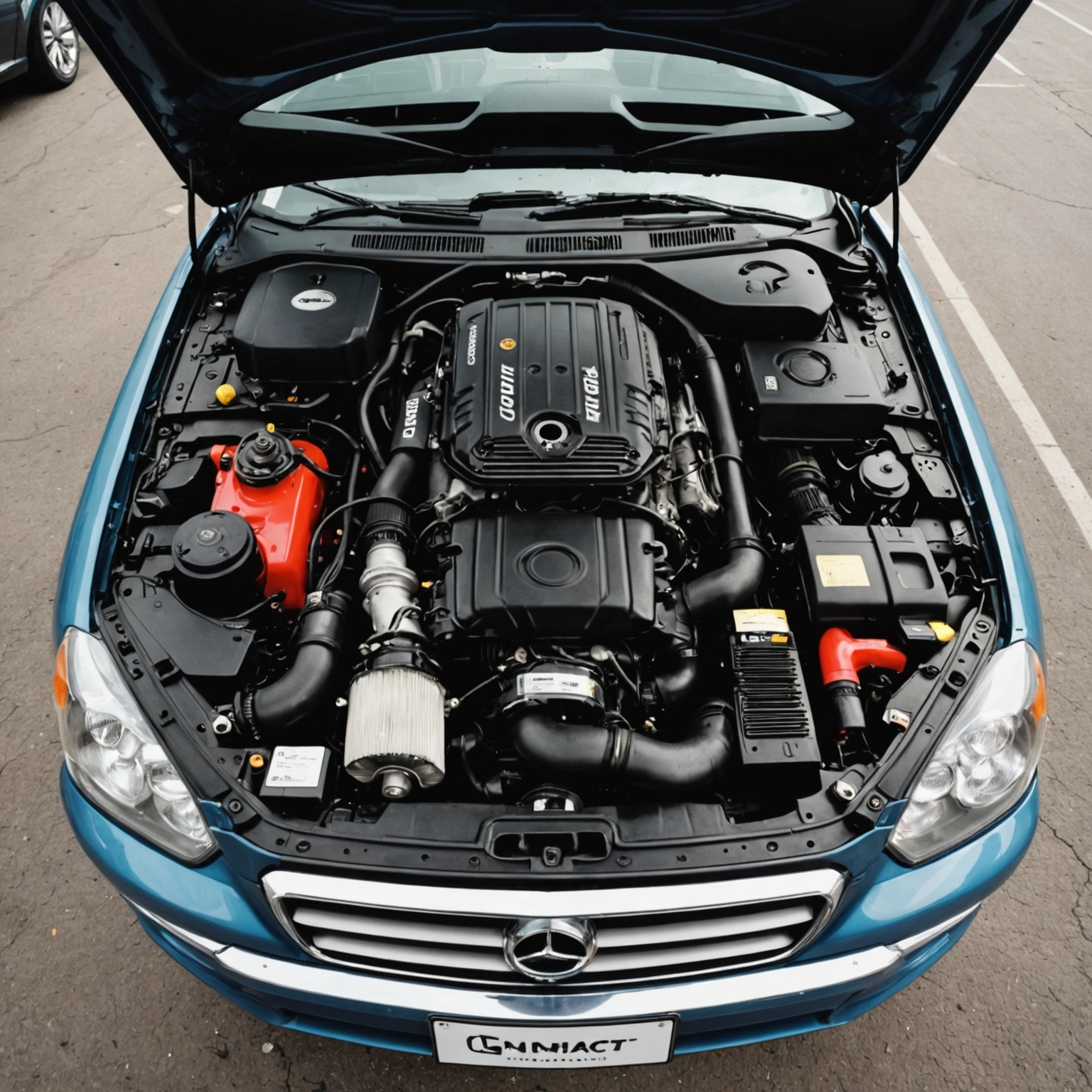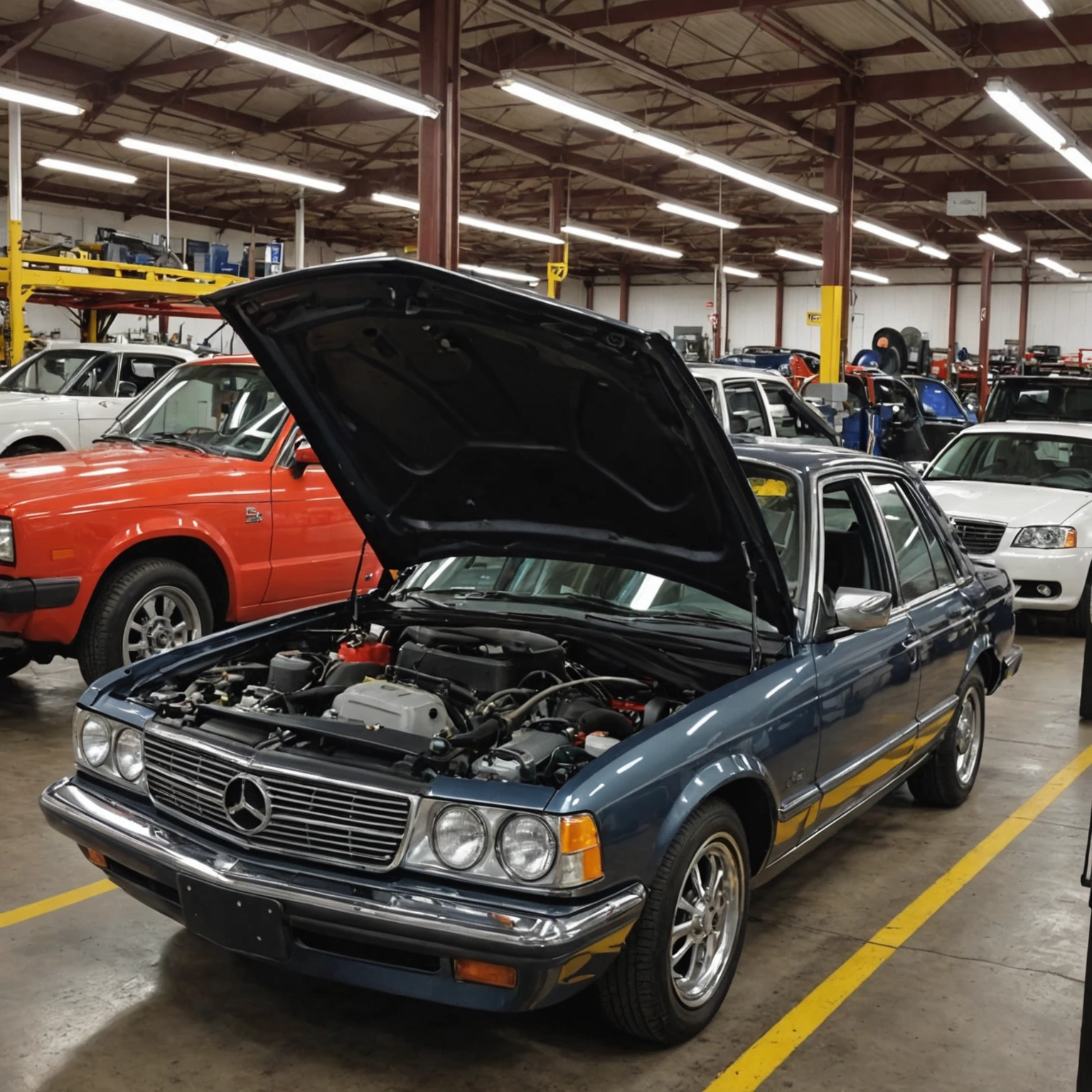**Where to Find Car Parts: A Comprehensive Guide for Drivers**
Whether you’re a seasoned mechanic, a DIY enthusiast, or simply looking to replace a worn-out component, knowing where to find car parts is essential. The right parts can make all the difference in maintaining your vehicle’s performance, safety, and longevity. Here’s a comprehensive guide to help you navigate the best sources for car parts.

### 1. Authorized Dealerships and OEM Suppliers
**Original Equipment Manufacturer (OEM) parts** are made by the vehicle’s manufacturer and ensure perfect fit and performance. Buying from authorized dealerships or OEM suppliers guarantees quality and compatibility.

– **Pros:** Guaranteed quality, perfect fit, warranty coverage.
– **Cons:** Usually more expensive than aftermarket options.

### 2. Auto Parts Stores
Major chain stores like AutoZone, Advance Auto Parts, O’Reilly Auto Parts, and NAPA Auto Parts are popular sources for both OEM and aftermarket parts.

– **Pros:** Wide selection, knowledgeable staff, sometimes offer installation services.
– **Cons:** May not always carry specialized or rare parts.
### 3. Online Retailers
E-commerce platforms have revolutionized how we buy car parts. Websites such as RockAuto, PartsGeek, AutoZone’s online store, and Amazon offer extensive catalogs.
– **Pros:** Convenience, competitive pricing, access to hard-to-find parts.
– **Cons:** Potential for counterfeit parts; verify seller reputation and reviews.
### 4. Salvage Yards and Junkyards
For budget-friendly options, salvage yards can be treasure troves of used parts, especially for older vehicles or hard-to-find components.
– **Pros:** Cost-effective, environmentally friendly.
– **Cons:** No warranty, potential wear and tear, requires inspection.
### 5. Specialty and Performance Shops
If you’re upgrading or seeking high-performance parts, specialty stores focus on aftermarket and performance parts tailored to specific needs.
– **Pros:** Customization options, expert advice.
– **Cons:** Usually higher cost, compatibility checks necessary.
### 6. Online Marketplaces and Forums
Platforms like eBay Motors and dedicated automotive forums can connect you with individuals selling new, used, or refurbished parts.
– **Pros:** Sometimes the best place for rare or vintage parts.
– **Cons:** Buyer beware—verify authenticity and seller reputation.
### Tips for Finding the Right Car Parts
– **Know your vehicle details:** Make, model, year, engine type, and VIN.
– **Compare prices and warranties:** Don’t settle for the cheapest option without considering quality.
– **Check return policies:** In case the part isn’t compatible.
– **Consult professionals:** When in doubt, get expert advice to ensure you’re purchasing the correct part.
### Conclusion
Finding the right car parts involves balancing quality, cost, and availability. Whether you choose authorized dealerships, online platforms, salvage yards, or specialty shops, ensure you do your research and verify compatibility. Proper sourcing ensures your vehicle remains safe, reliable, and performing at its best for miles to come.
Happy driving and happy repairing!

